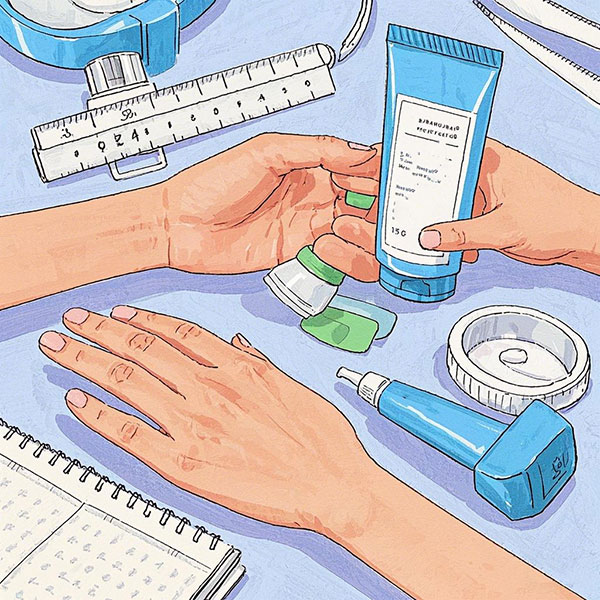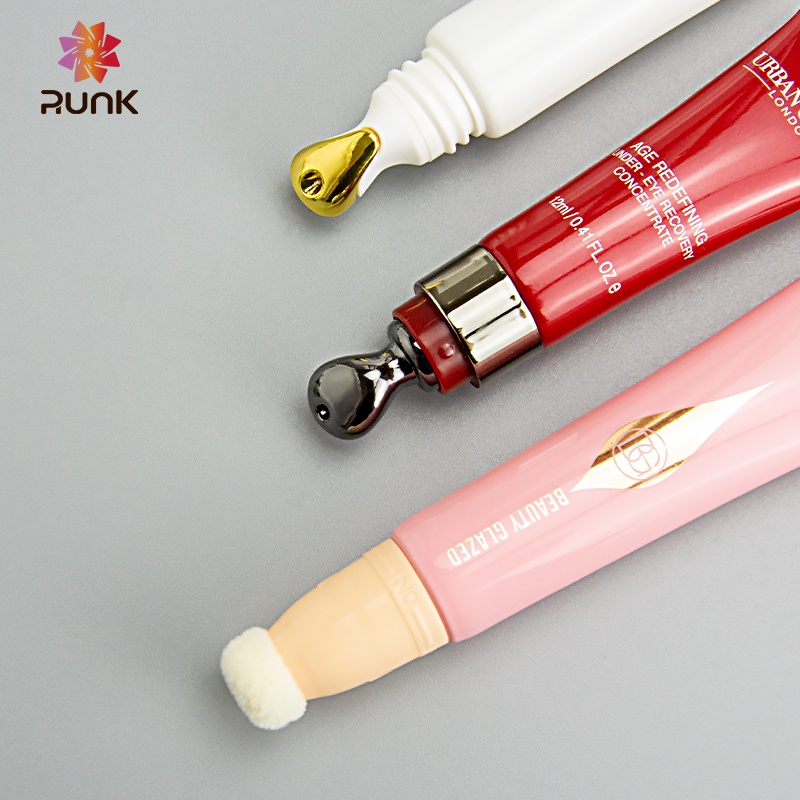What makes the Eye Care Tube different from traditional eye care packaging?
Nov 22, 2024
The Eye Care Tube is specifically designed to enhance the effectiveness of eye care products in several ways:
Precision Dispensing: The Eye Care Tube features a fine nozzle or applicator tip that allows for precise dispensing of the product. This is particularly important for eye care products such as eye creams, gels, or serums, where a controlled and targeted application is desired. The narrow tip of the tube ensures that the product is accurately applied to the desired areas around the eyes, minimizing wastage and maximizing the benefits.
Airless Packaging: The Eye Care Tube often utilizes airless packaging, which helps protect the sensitive eye care formulations from exposure to air. Air can cause oxidation and degradation of certain ingredients, diminishing their effectiveness over time. The airless design of the tube prevents air from entering, ensuring that the product remains fresh and potent throughout its shelf life. It also minimizes the need for preservatives, which can be potentially irritating to the delicate eye area.
Hygienic and Contamination-free: Eye care products require a high level of hygiene to prevent contamination and maintain their efficacy. The Eye Care Tube usually incorporates features such as a sealed or twist-lock cap, preventing the entry of external contaminants. This helps to preserve the integrity of the product and ensures that it remains hygienic, reducing the risk of eye infections or irritations.
Controlled Dosage: Some Eye Care Tubes are designed with a mechanism to dispense a controlled dosage with each use. This feature ensures that the right amount of product is dispensed, eliminating the chances of over-applying or under-applying the eye care product. Consistent and appropriate application of eye care products is crucial for achieving desired results, and the controlled dosage mechanism assists in achieving this.
Overall, the Eye Care Tube offers improved precision, protection, hygiene, and controlled dosage, making it a more effective and convenient packaging option for eye care products compared to traditional packaging formats like jars bottles.
RUNK: We are China Plastic Tube Packaging factory. Professional Plastic Tube Packaging supplier, offer high quality Plastic Tube at factory price! Inquiry now! info@runkgroup.com
Read More

